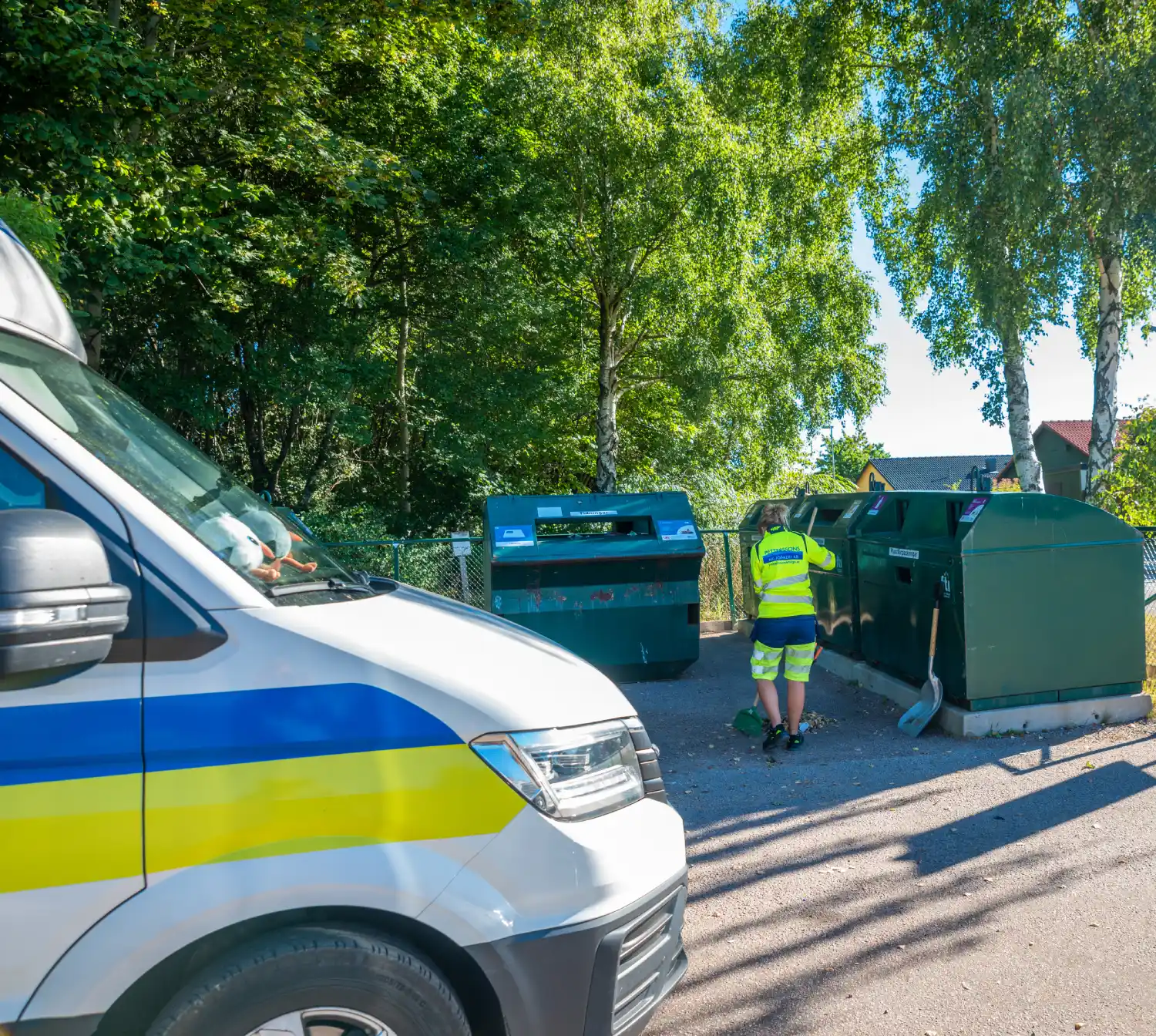Recycling in a world full of diverse appearance components creates both possibilities and challenges. Today, customers and businesses alike demand more sustainable practices while governments slowly apply stricter regulations for spend management. But, the complexity of handling varied presentation materials suggests addressing unique recycling needs for every type. This informative article has a closer go through the recent traits, issues, and solutions in crafting effective Recycling (Återvinning) systems for diverse packaging materials.
The Difficulty of Varied Appearance Components
Appearance materials attended quite a distance from easy cardboard boxes. Nowadays, they include parts, glass, steel, paperboard, and multi-layered composites, among others. Each type comes having its special set of recycling requirements. As an example:
Plastic: While plastic is lightweight and resilient, its numerous types (like PET, HDPE, LDPE, and PVC) often involve separate series and handling methods. Mismanagement may lead to contamination and inefficiencies in recycling streams.

Metal: Aluminum and tin cans stay highly recyclable, however, not without appropriate selecting to avoid contamination with non-recyclable metallic items.
Glass: Recycling glass needs segregation by color and specific services to avoid dangers like fragmentation or contamination with ceramics.
Paperboard: Thick, sprayed paperboard presentation is recyclable oftentimes, nevertheless the large usage of adhesives or laminates may prevent the process.
Multi-layer Presentation: That class presents probably the most significant problem because it frequently combines materials impossible to split up, such as for example aluminum and plastic levels in snack packaging.
With the global economy providing over 350 million tons of plastic annually, and appearance in charge of almost 40% of its use, approaching that difficulty is critical to reaching larger recycling rates.
Limitations in Tailoring Recycling Systems
Among the biggest issues in recycling applications is contamination, particularly when diverse components are removed together. For example, when food deposit clings to recycled pockets or damaged glass mixes with report, the effectiveness of recycling processes drops significantly. Too little standardized marking systems also confuses customers and results in improper waste sorting.
Furthermore, fragmented infrastructure plays a part in the issue. Some municipalities absence features to process complicated resources like multi-layer packaging or certain parts, making recycling unrealistic for these items.
Towards a Round Economy with Designed Solutions
Developing an efficient recycling process to deal with diverse presentation materials needs innovation and collaboration. Governments, companies, and people have to function in stance:
Government Initiatives: Applying Prolonged Producer Duty (EPR) guidelines may inspire suppliers to create appearance that's easier to recycle.

Impressive Technologies: Chemical recycling methods, like depolymerization for plastics, may break down hard-to-recycle resources for greater recovery rates.
Client Knowledge: Marketing clear recycling behaviors and apparent labeling may significantly minimize contamination in recycling streams.
Investments in modernizing spend administration infrastructure will enjoy a crucial position, alongside continuing study in to biodegradable and reusable appearance solutions.
A Course Forward
The range in appearance resources can be a problem, but it also gift ideas an opportunity to advance recycling techniques and techniques. A variety of technical advancements, regulatory measures, and customer understanding may get the transition to a far more sustainable, circular economy. Approaching the initial recycling needs of diverse materials is no further an alternative but essential to fight reference depletion and protect the planet. By tackling these problems strategically, global communities may assure long-term environmental viability.
